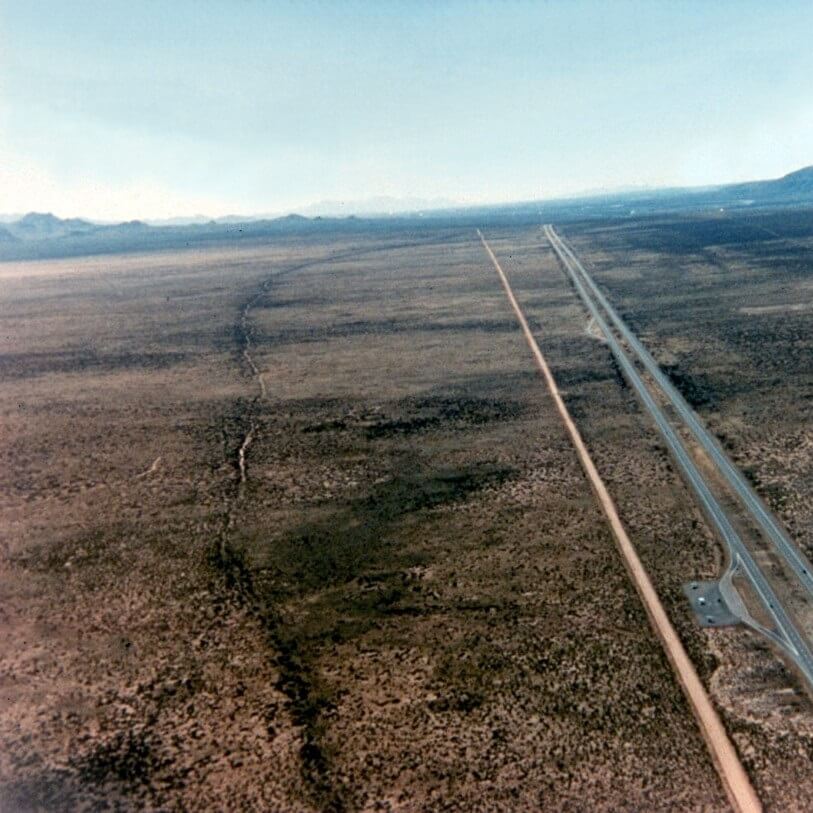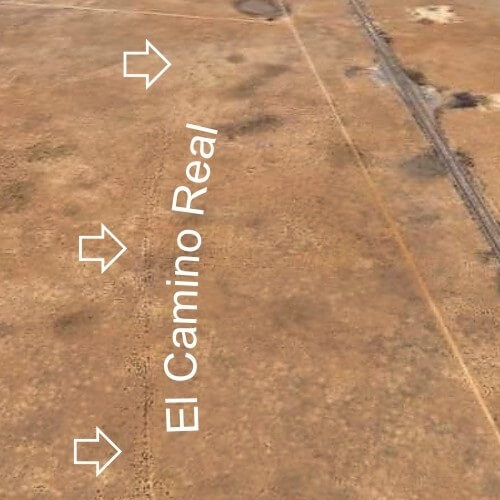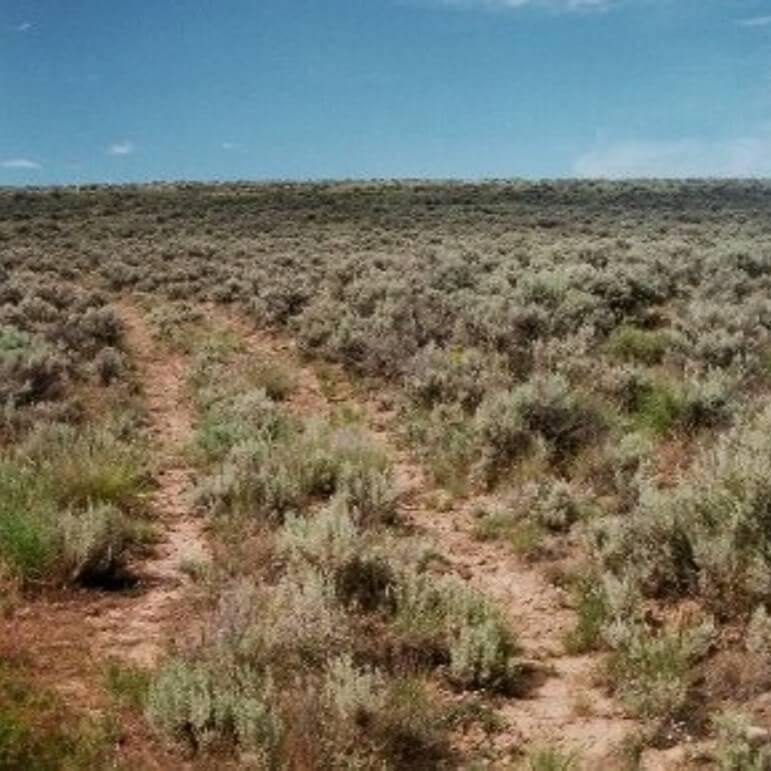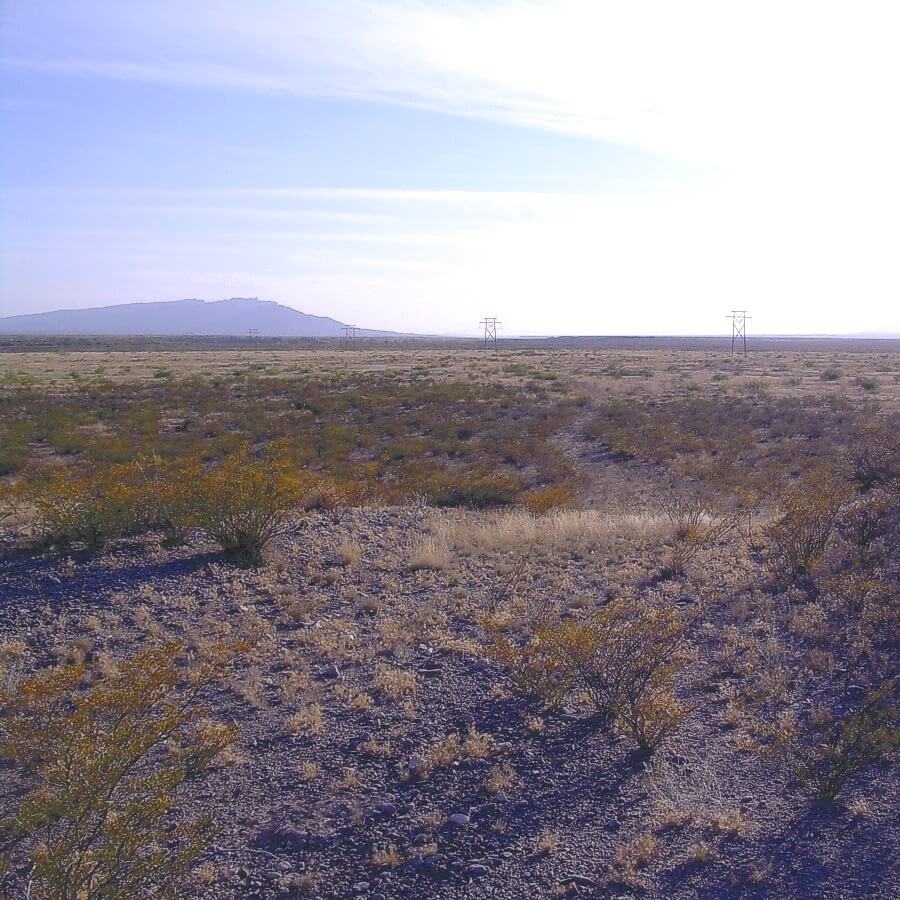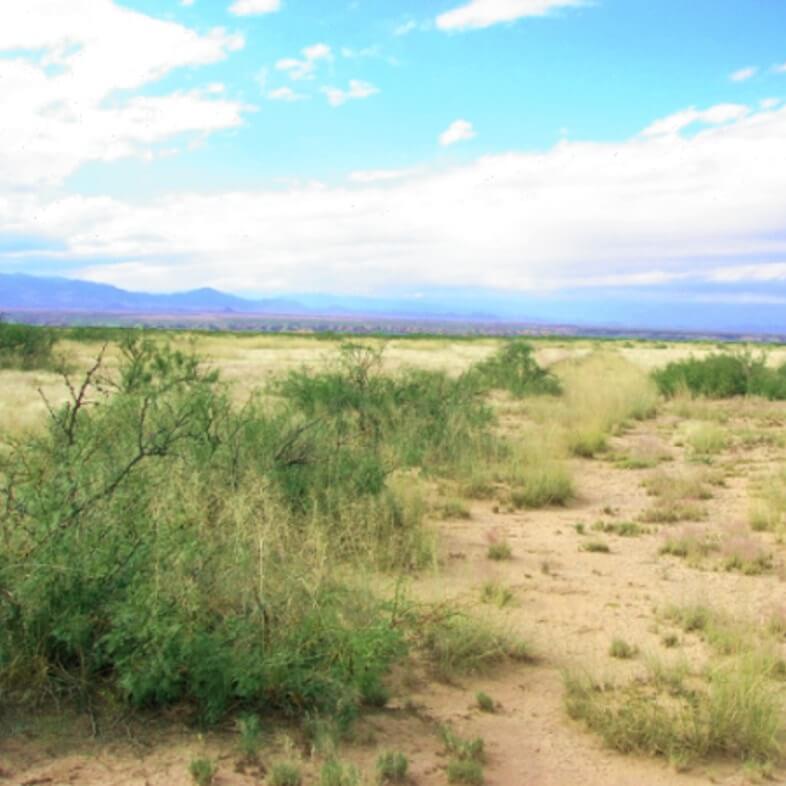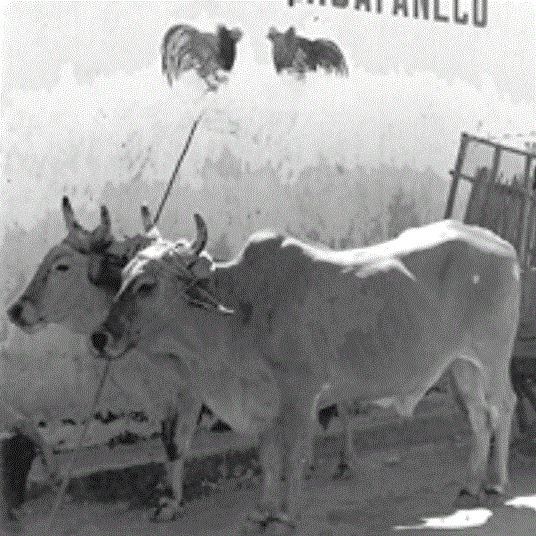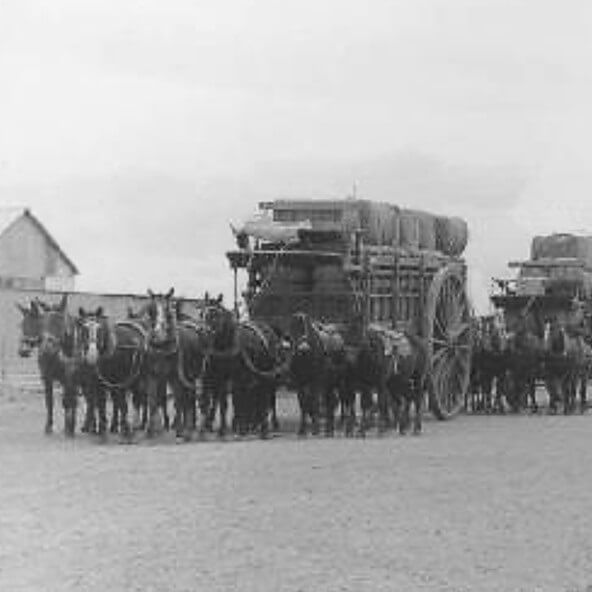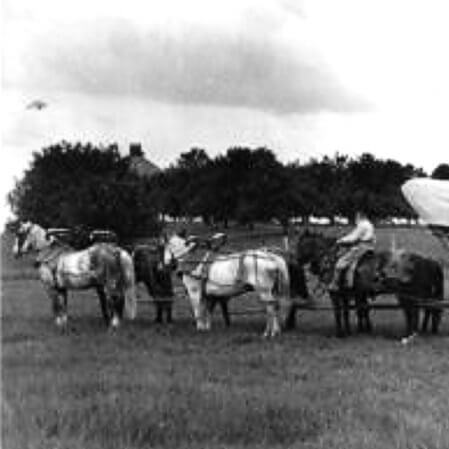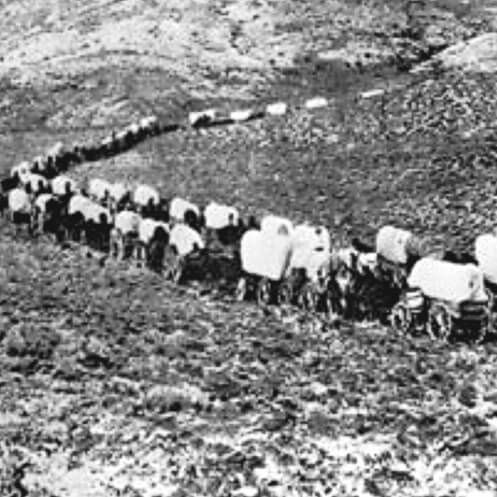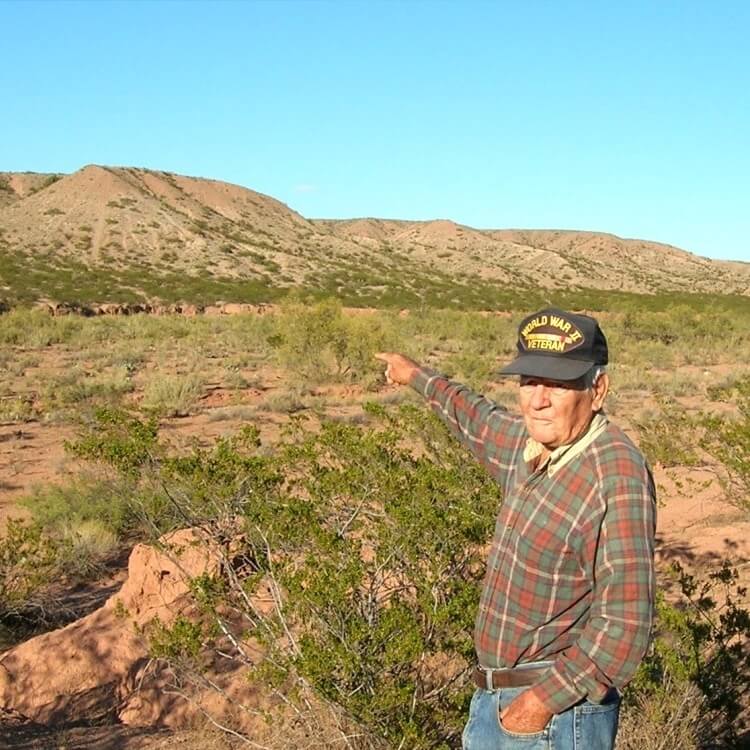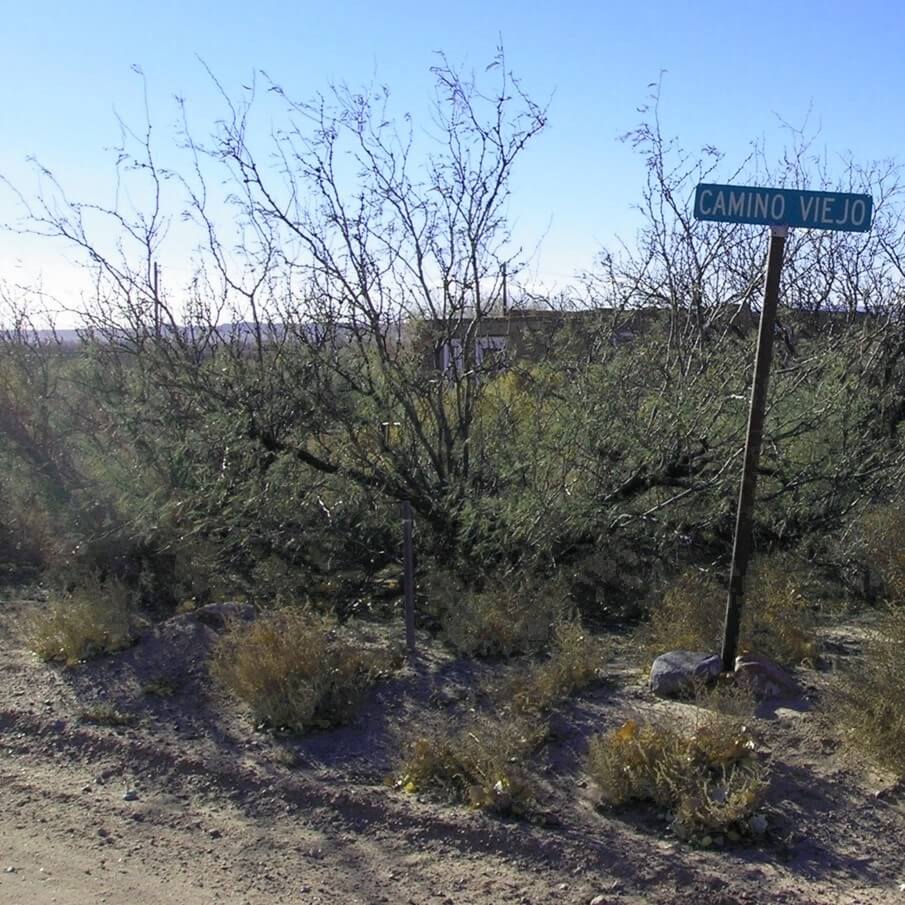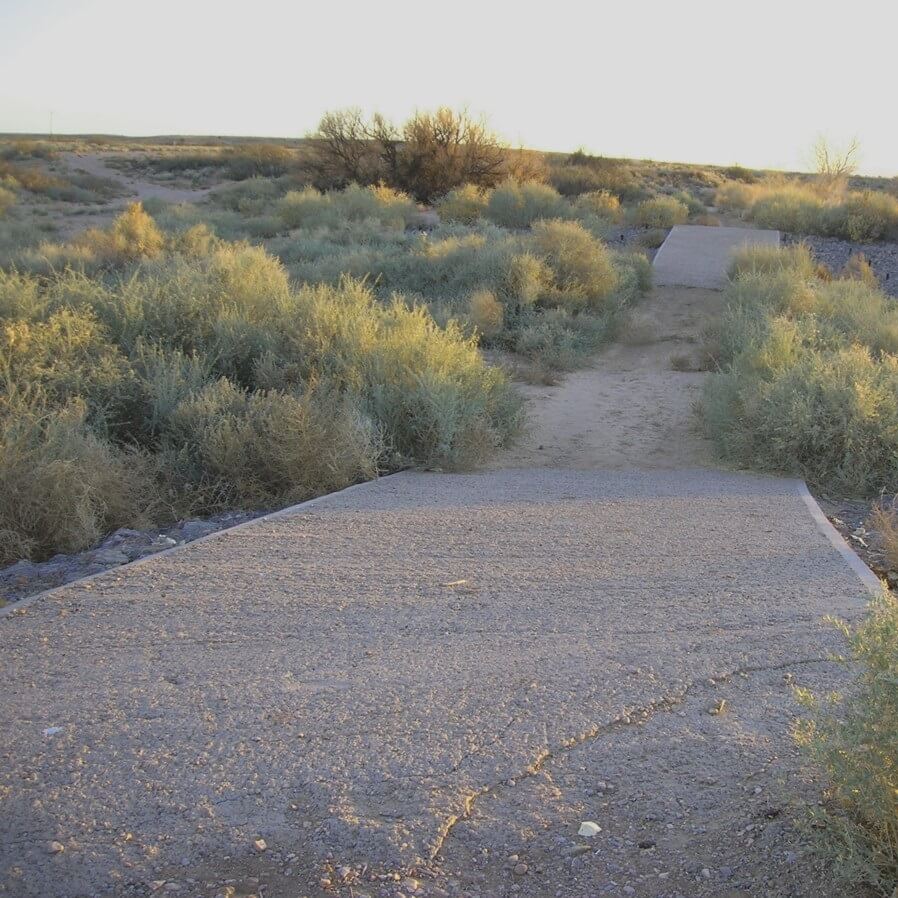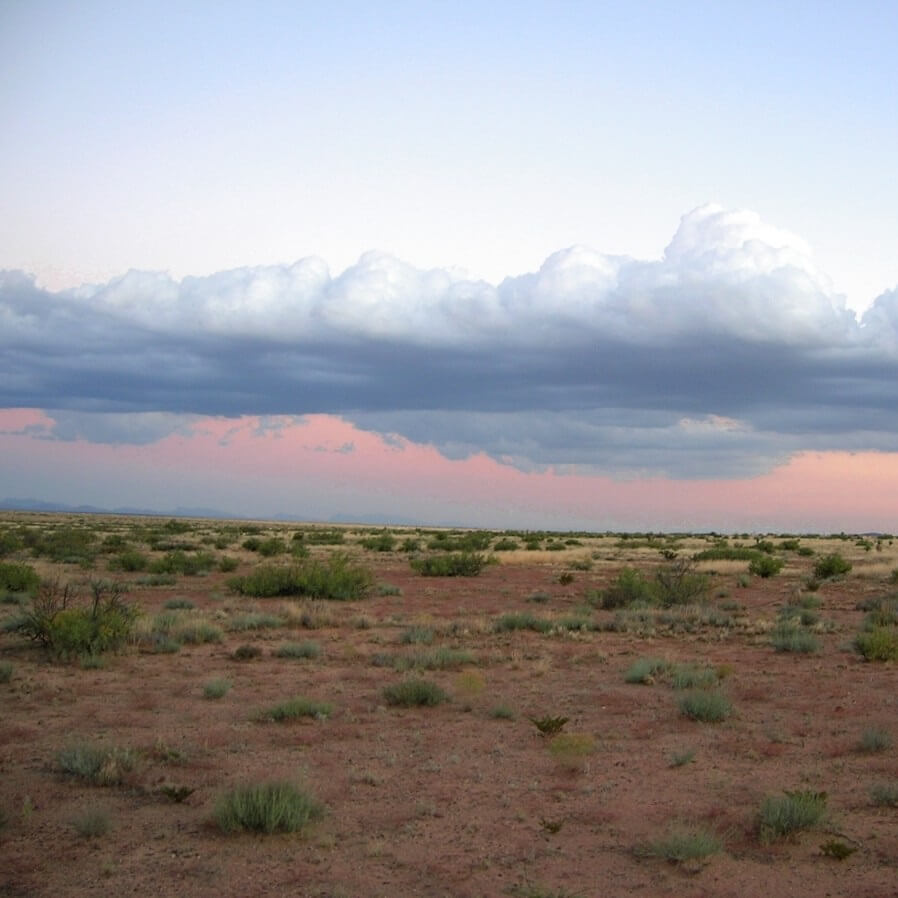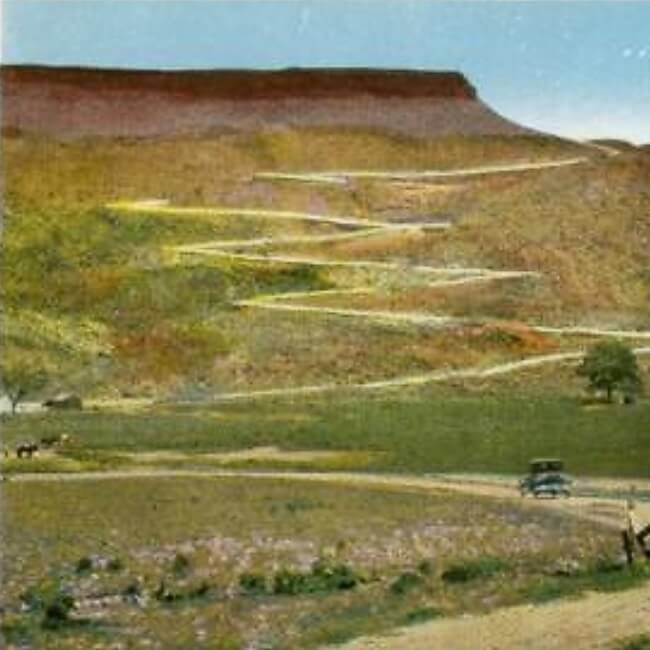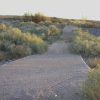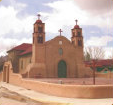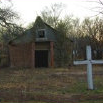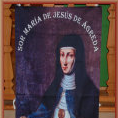Meaning & Significance
El Camino Real means The Royal Road, on which travel was controlled by the King of Spain or his representatives, and thus often called the King's Highway. These royal roads ran throughout the Spanish Empire including Mexico to South America, and later to California.
Quick Facts
- Before the Spanish arrived, the Rio Grande Valley in central New Mexico was occupied by Piro People and other Pueblo people.
- The first Europeans along El Camino Real arrived in New Mexico with the Oñate expedition in 1598, 22 years before the Pilgrims landed at Plymouth Rock.
- The Pueblo Revolt in 1680 caused the Spanish and many settlers to flee. Settlement of New Mexico resumed in 1698.
- Santa Fe was the capitol of New Spain, flying the Spanish flag for over 200 years (1603-1821).
- The Spanish empire fell in 1821; the region became part of Mexico. El Camino became known as the Chihuahua Trail.
- New Mexico became a territory of the United States in 1848 and statehood in 1912.
- El Camino Real "died" in 1885 with the arrival of the AT&SF railroad.
- El Camino Real is the oldest and longest used "highway" in Mexico and the U.S.
A History of El Camino Real de Tierra Adentro
Present day New Mexico was once part of the Spanish empire and called Nueva España or New Spain. The majority of Spanish settlements were along the Rio Grande and around their capital city of Santa Fe.
El Camino Real was the road that connected Spain and Mexico City to the settlements in the interior lands of Nueva España. For this reason, the Camino Real to New Mexico was called El Camino Real de Tierra Adentro - the Royal Road to the Interior. Used for over 300 years from 1598 until the late 1800s, this was the oldest and longest used of the royal roads.
All colonists, the Spanish military, Franciscan priests, and the constant flow of supply wagons came to New Mexico over El Camino Real.
Spain controlled New Spain with an iron fist from 1598-1823. Nobody was allowed into the new territory without written permission. Spanish explorer Hernán Cortéz discovered Mexico in 1518, conquering the Aztec empire by 1521. Cortéz renamed the captured capitol city of Tenochtitlan to Cuidad de Mexico, or Mexico City.
Cortéz' invasion route, from the port city of Veracruz to Mexico City, became the first leg of El Camino Real. Ships sailed between Spain and Veracruz, connecting the new world city of Mexico City to Spain.
Silver was discovered in the Zacatecas mountains, so much silver that smelters and mints were built in Mexico City for stamping coinage and silver ignots, most of which were shipped to Spain. The heavily traveled road from Mexico City to the silver mines at Zacatecas became the second leg of El Camino Real. This route had originally been an Aztec foot trail.
Juan de Oñate received permission from the King of Spain to conduct the first colonization expedition far into the interior of what is today New Mexico, 1,500 miles away. Departing Zacatecas, the Oñate Expedition passed through the dry Chihuahuan Desert and crossed the Rio Grande at today's El Paso in early 1598. Oñate continued through the Jornada del Muerto desert to the San Juan Pueblo, declaring it the capitol of New Spain. The capital was moved to Santa Fe in 1603.
Oñate's trail from Zacatecas to Santa Fe became the third leg of the Royal Road into the interior land, or El Camino Real del Tierra Adentro. By the early 1600s, El Camino Real was in regular use bringing colonists, missionaries and supply caravans to the growing Spanish settlements along the Rio Grande.
These early days of the trail also brought friars and priests into New Mexico, building missions among the native pueblo people, and converting them to Christianity. Dozens of missions were built at the larger pueblos. Many of today's New Mexico towns are the original sites of these Indian pueblos and missions. Many of these old El Camino Spanish missions are still in use today.
For 300 years, El Camino Real was the only road into New Mexico and the Southwest, bringing thousands of settlers from Mexico and Spain into the region. Even the famed Santa Fe Trail did not come along until 1821, connecting New Mexico to the United States for the first time. This is why so many of the people in New Mexico today are of early Mexican or Spanish decent. It was their ancestors who settled along the Rio Grande by way of the long, dusty trail called El Camino Real.
El Camino Real began to wane in the mid-1880s with the arrival of the railroad, transporting people and supplies along the Rio Grande in hours instead of weeks. As a result, most historians cite the use of El Camino Real de Tierra Adentro was from 1598 through 1885. However, in the early 1900s, automobiles traveled El Camino Real, which served as the first highway from El Paso to Santa Fe.
Interstate highways I-10 and I-25, from El Paso to Santa Fe, today's El Camino Real, closely follows the route of the historic trail - except between Las Cruces and Socorro where I-25 follows the Rio Grande, rather than the 90-mile waterless shortcut through the Jornada del Muerto.
History Articles *Under Construction*
Articles by local historian Paul Harden.
Originally published in El Defensor-Chieftain newspaper (Socorro, NM).
All articles copyrighted by Paul Harden. Contact the author here.
Trail
